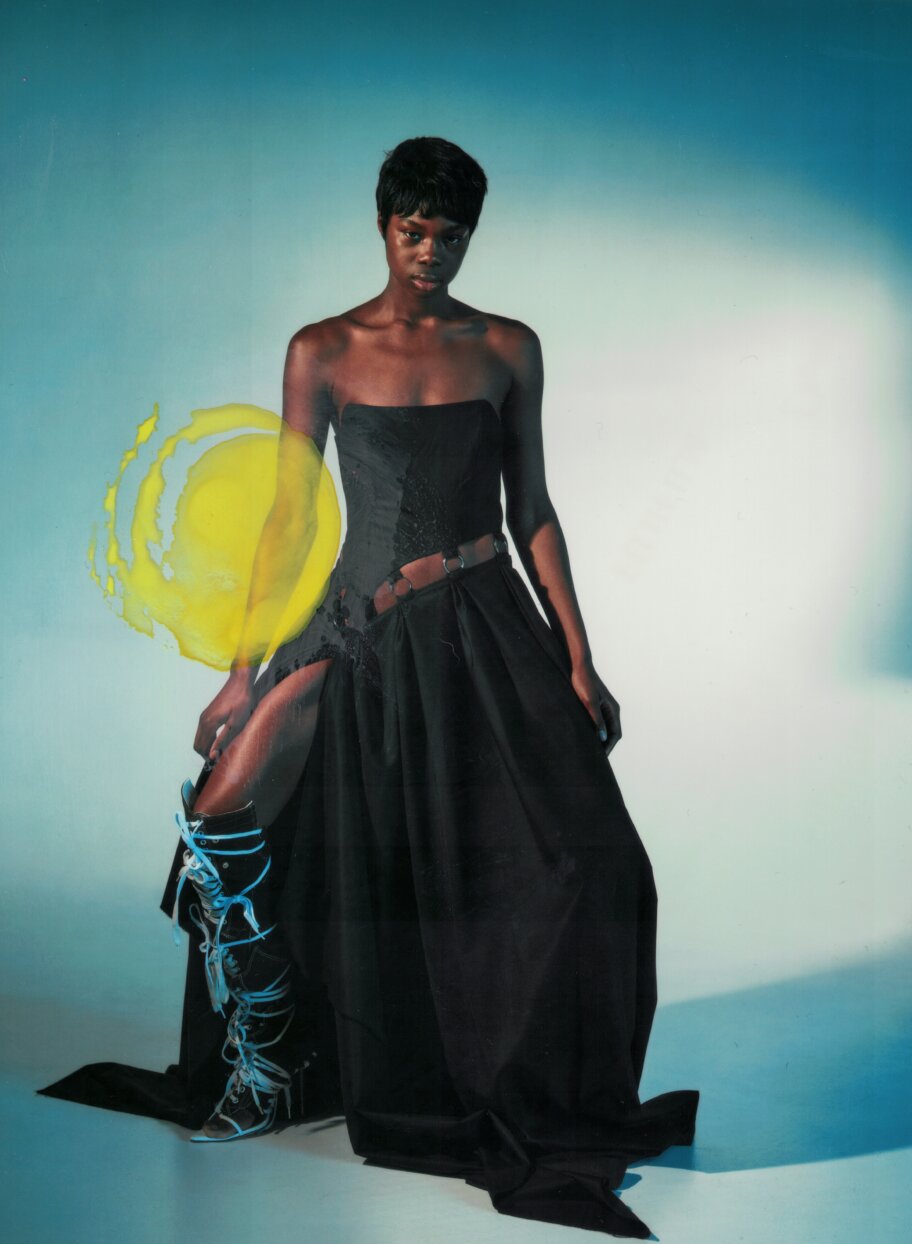
PHOTOGRAPHER JESSE LAITINEN @jesselaitinen
INTERVIEW JESPER GUDBERGSEN @yessirjesper
STYLIST CHRISTOPHER INSULANDER @crapdiem @linkdetails
HAIR SAINABOU CHUNE @sainachune @mikaslooks
MAKEUP JOHANNA NOMIEY @johannanomiey @mikaslooks
MODELS AJI @ajidram , FELICIA K @hi_iam_felicia , LINE @lineafgeijerstam @mikasstockholm
PHOTOGRAPHER ASSISTANT JULIUS BOHLIN @juliusbohlin
SPECIAL THANKS TO DROEM STUDIOS AND JONAS CARMHAGEN @droemstudios @carmhagen
Love is Shouty but Iconic
We are just two best friends who enjoy each others company! We both have a BA degree in fashion design from two different schools in Sweden, which taught us a lot about how we don’t want to work. Through those experiences, we started finding our own way of creating. After school we got a studio together and started hanging out there a lot. We like to think of Love is Shouty but Iconic as a project we will do as long as it feels right. By using humor and re-make we want to broaden the perspective of what fashion could be, and to have fun in the process.
Diving into your world, it often feels like the line is blurred between wearable fashion and art pieces. Who/what are you – artists ? designers? Is there a difference – and does it even matter?
Does it?? We don’t know!! Probably not, but we think the border between the two fields is an interesting sphere to work in. We often ask the questions “What If?” and “Why Not?” What if we cooked a shoe, or why not build a shoe in size 533? Being open to the possibilities of what might happen is an important part of our process. But we loooove clothes and whether a piece is wearable or not, it still always draws a reference to fashion in some way.
How do you define sustainability and what does it mean to you ?
The word sustainability in itself is pretty empty to us, since it’s so broadly used and we think that if something is really sustainable then you don’t have to spell it out. What does it really mean: Does the garment live longer? Are the work conditions fair in the production? Do you present the pieces in an including way? Are the designers happy and healthy? It’s just too big of a concept for it to make sense to define it in one single word.
Describe to us how you create your pieces and collection?
Sometimes we have the idea before we source the material, and other times we find a material that makes us go: “Ooh great pants material!” We see ourselves as speed dating concepts of fashion, taking what is nice and then leaving the rest behind. Let us build a picture for you: Like when Kate lets Leo sink to the bottom of the sea. Kinda like that (it was fun while it lasted).
Without giving away all of your secrets: tell us some of the was you source your materials – and please share any funny / weird / scary stories about that process?
We find a lot of materials in our everyday life, like when we go magnet fishing or treasure hunting in the forest! One time we found a yellow dead scarf on the doorstep to the woods, and we revived it to a dress! People really need to start locking their wardrobes.
Beyond using upcycled and deadstock materials, what other ways do you implement a mindful approach to your manufacturing?
Can having fun be a mindful approach? We think the fashion scene can be a bit too serious, and we want to create in an environment where we don’t have to think about whether what we make will sell or not, or how others will perceive it. Basically we just make what we want and it’s always nice to see when people pull something and put it in other contexts than our studio. It’s like the pieces get an adventure!
What is an unusual place you regularly find inspiration?
Our main inspiration comes from connecting the dots between materials and references. For instance, if we have an idea with lipsticks it’s fun to look at old rules from the 50s on how to put on lipstick. Also just people/artists/friends doing their own thing, not being so aware about what others might think is an energy we find inspiring. There is also a lot of inspiration that can be found at the bottom of a wine glass!
Where do you see yourself and your brand going next – what are some dreams and goals for you?
We want to keep doing our own thing, evolving along with the projects and people we collaborate with. We are curious about other platforms than just the fashion scene. It would be cool to get invited to Elon Musk’s birthday party some day.
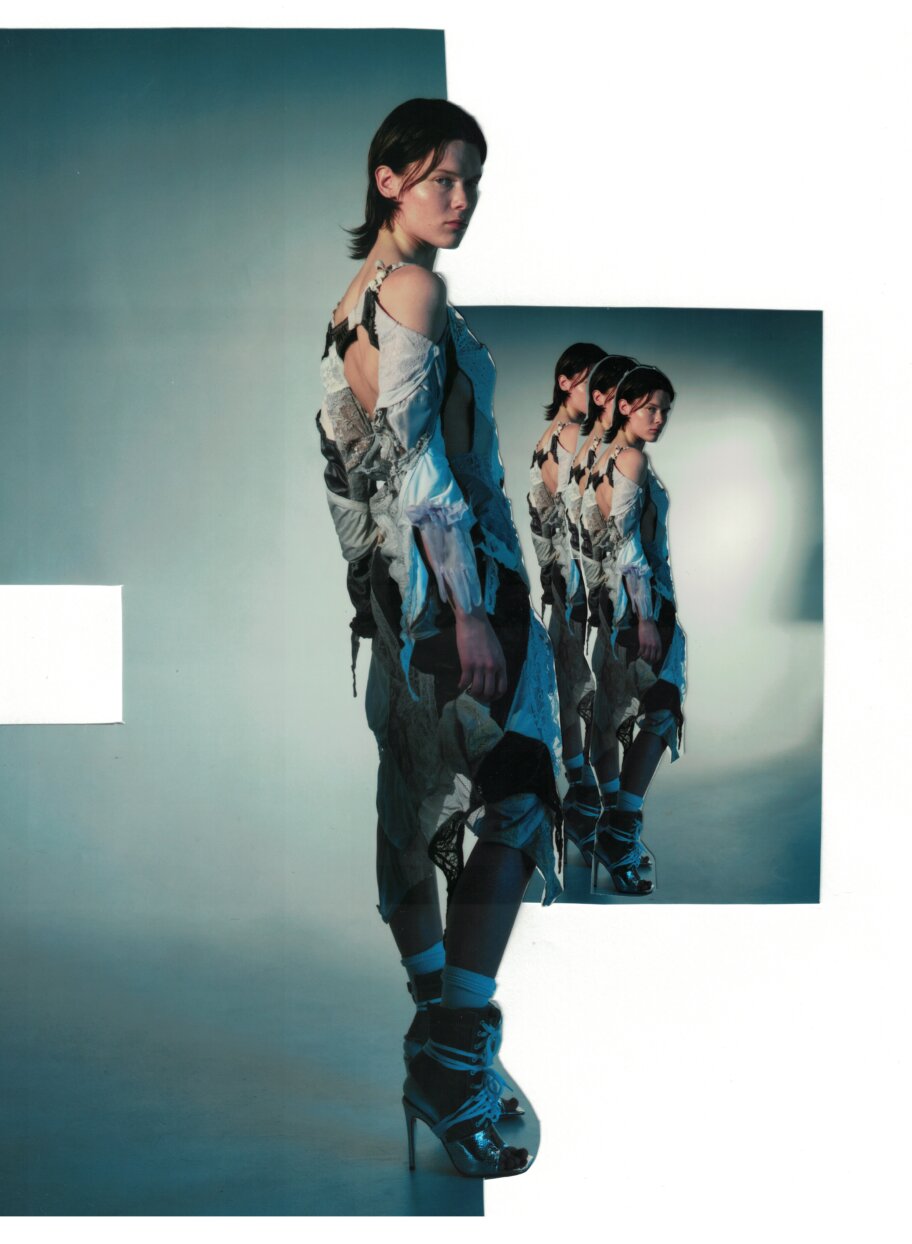
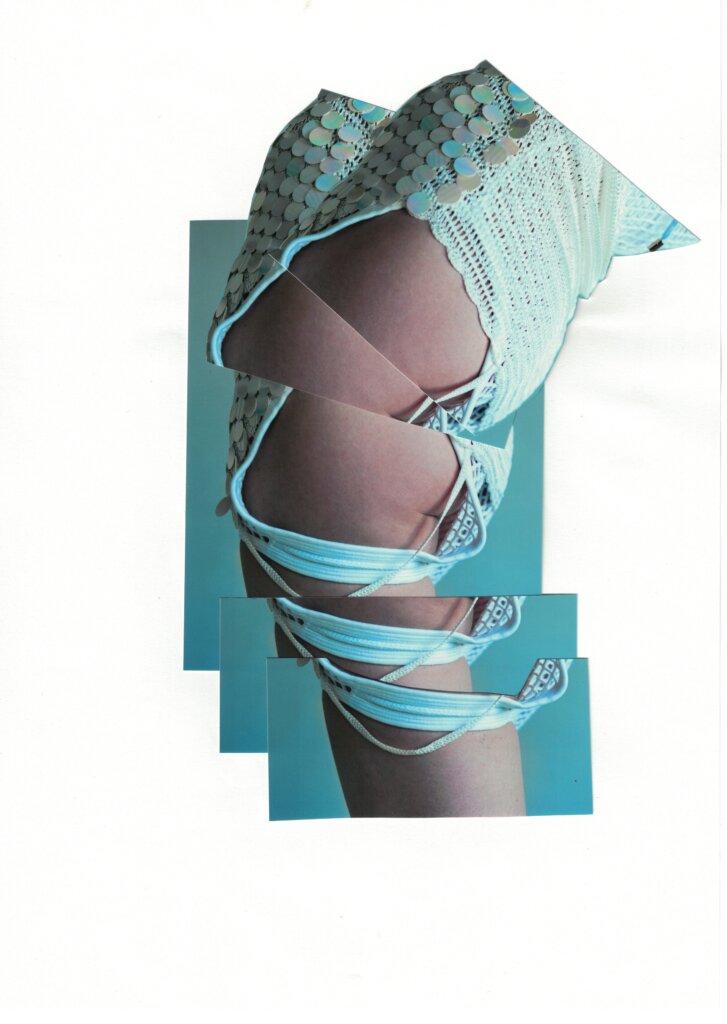
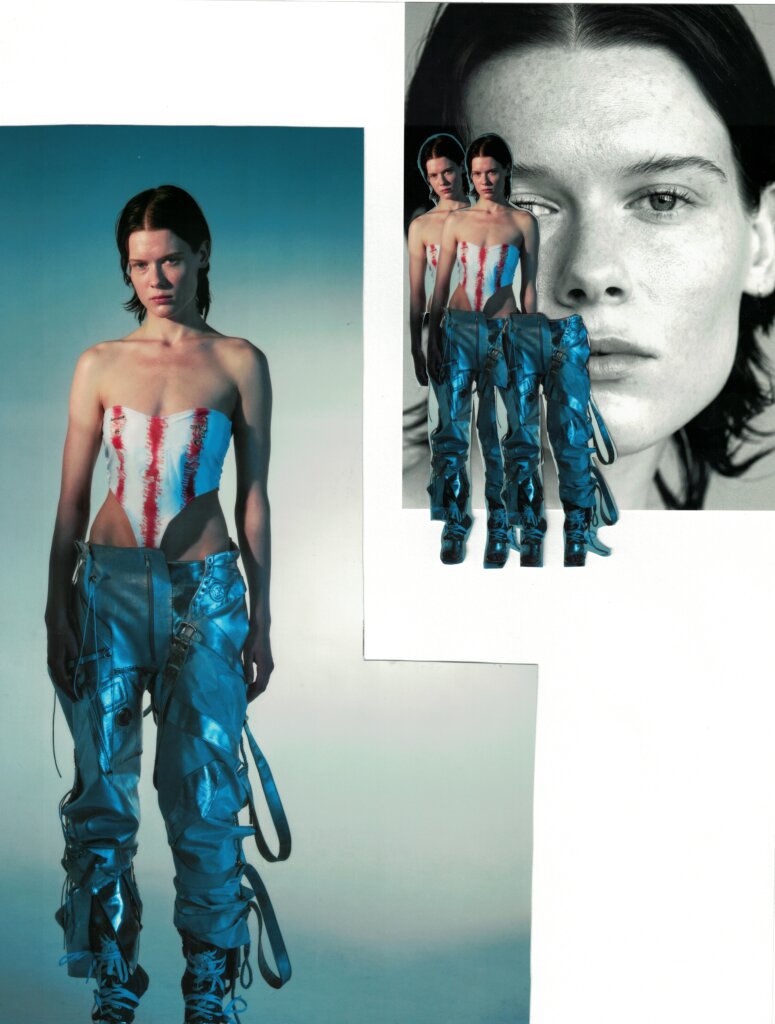
RAVE REVIEW
We met during our design studies at Beckmans, and started the brand one year after graduation. The first collection was presented in 2018 in Paris at the Swedish institute. The main reason why we started it is that we felt very hesitant about working in the fashion industry at all, even creating “just another” fashion brand contributing to it. Rave Review was born out of the excitement of realizing we had found a way to beat this dilemma, which then became our niche: to create clothes out of pre-existing materials and contribute to a better way of consuming fashion.
How do you define sustainability and what does it mean to you ?
It feels a bit vague and like a term most fashion brands easily toss around today. For us, the definition is to cause as little harm as possible to the planet or people on it. An important and probably the most challenging thing tied to the practice, is to work out a strategy that turns it into something economically sustainable over time.
Describe to us how you create your pieces and collection?
(Does the garment concept come to you first and then you source the material / do you find materials and let them guide you towards the end result, etc)
It’s sort of happening both ways throughout the process. We collect so much all the time and when we start off a new season, we always have a list of different materials to use. Some we might have used before in the previous collection and some new. Making a collection, as all creative processes go, is never linear, we basically come up with new ideas all the way up until the deadline. Working with home textiles definitely sets some rules and guidelines for the collection. We kind of need to start with the materials and follow it’s permits along the way. But this is what makes it so interesting.
Without giving away all of your secrets: tell us some of the ways you source your materials – and please share any funny / weird / scary stories about that process?
At the moment we source from 6 different sorting companies in Sweden, one in Scotland and we buy deadstock rolls from a few different suppliers and middle hands for those kinds of stock services. The sourcing is an ongoing process, the more we grow the more places we sort with. One of the weirdest things about collecting these amounts of textiles is that you just get amazed by how much stuff there is out there in the world, and that all these ugly, beautiful or sometimes completely useless scraps of fabrics actually have been designed and produced by a person. It’s mindblowing to think of: all of these garments and textiles that had a story of their own end up at a collecting place where they sort hundreds of tons a week.
Beyond using upcycled and deadstock materials, what other ways do you implement a mindful approach to your manufacturing?
It’s important for us to produce locally, connected to the source of materials. At the moment we work with three different clothing factories in Sweden, one in Portugal, where we source deadstock, and one in Ukraine.
The discussion around conscious and sustainable fashion has heated up recently, a main argument being that fast fashion is more democratic, bc of the accessible price point. What are your thoughts on this conversation?
That’s an argument we can’t really buy. We’re fully aware of the fact that a majority of people can’t afford our clothes. We make luxury fashion and the exclusive process behind it requires a price for it to even break even. For most people(like us as well) there’s always the alternative to buy second hand, which always will be the more accessible, sustainable and cool option.
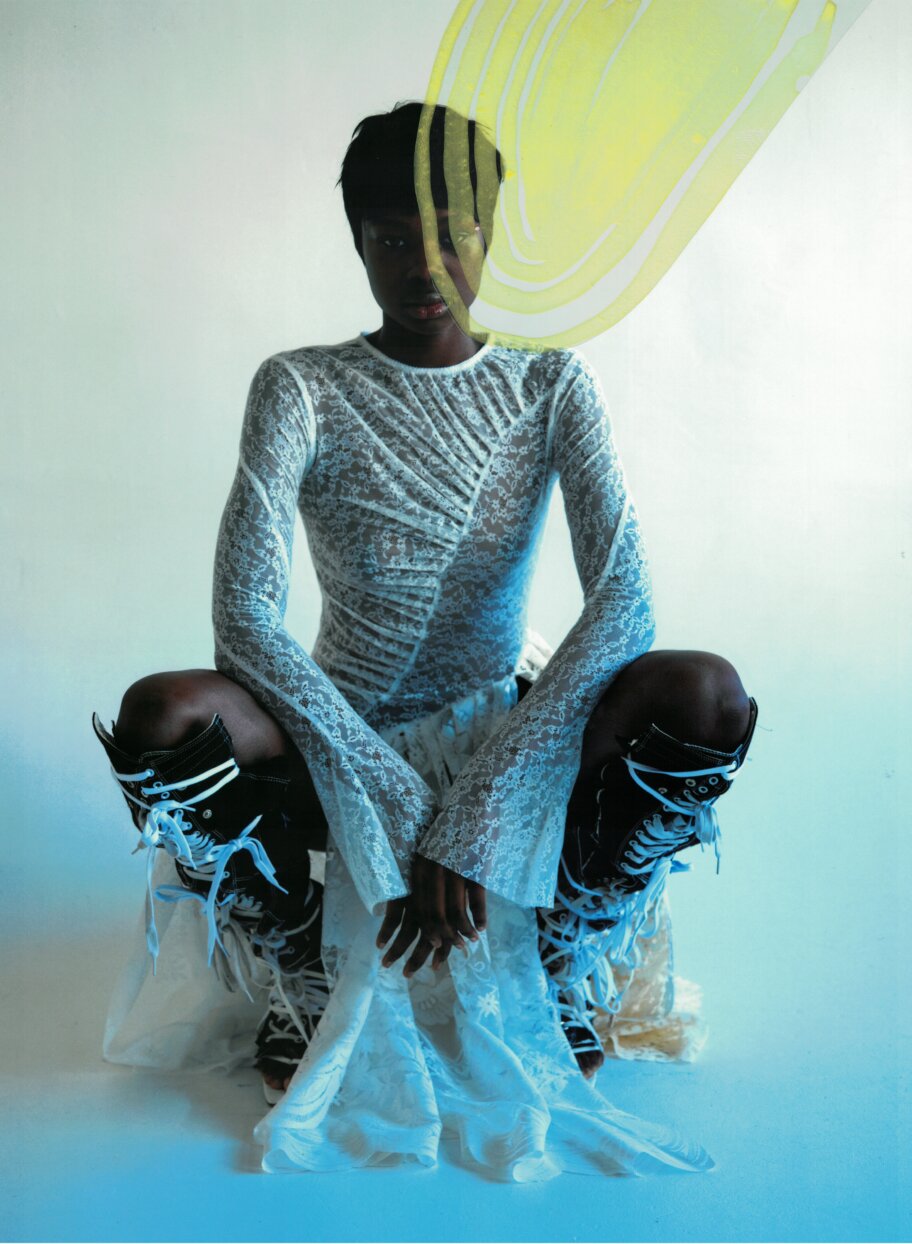
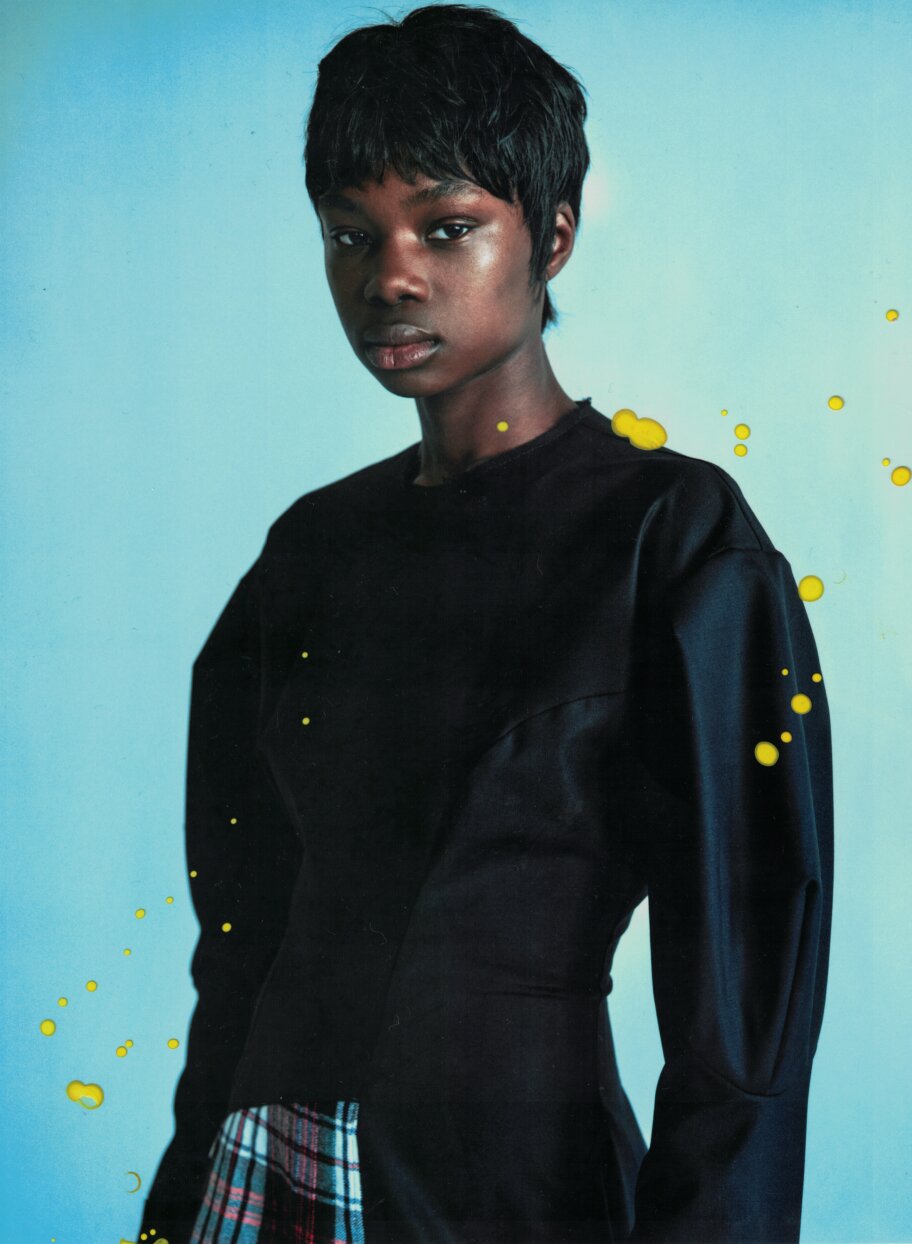
HODAKOVA
I started Hodakova in 2020 with the mindset to explore and find a way of making the type of clothes I do – using up-cycling – actually function in terms of production and thereby changing the behavior of consumers. I would have never started a brand if it was not for the sake of doing something in a better way . As a person I tend to act on challenges and locating solutions is my driving force. Hodakova has a certain surrealism in the making and aesthetic, where I believe I have found myself expressing a way of looking at the world.
How do you define sustainability and what does it mean to you ?
I think it comes with a certain mindset and common sense. I mean, it’s a part of empathy to your surroundings.
Describe to us how you create your pieces and collection? (Does the garment concept come to you first and then you source the material / do you find materials and let them guide you towards the end result, etc)
At this point, I have limited my sourcing to make the production easy and clear. My process is very playful but with necessary limitations. I trust the process, I would say. When taking a step back, the concept usually appears in where I’m located in my inspiration at that time. Its a bit like painting I guess – I follow the brush stroke.
What is an unusual place you regularly find inspiration?
I think its everywhere.I find a lot of inspiration in garments when I look at previous construction. Maybe an unusual place is in my mind when I’m half asleep? A lot of times I wake up with new ideas I’ve just been processing during sleep.
The structure of your business, exclusively making one off pieces, must complicate the process of working with retailers – how has that experience been for you?
Retailers start to adapt to this kind of demand so it is a work in process. And I work with stock that is not a big difference in the original material.
How do you think about size-inclusivity for your brand – for instance, when making only one of each garment, how do you choose which size?
Most of the design is actually adjustable with a range of S-L. Specific pieces like the coat are based on the original sizes which makes the grading easier. We also work with unisex looks.
The discussion around conscious and sustainable fashion has heated up recently, a main argument being that fast fashion is more democratic, because of the accessible price point.
What are your thoughts on this part of the conversation?
As it is, at this change of climate in the business the prices go up because of the lack of accessibility. But when new platforms develop, they normalize sustainable fashion and make it more democratic. The behaviour of the consumer changes and even digital layers will develop the climate in a democratic way, I believe.
Name a favorite material you find yourself returning to often, and why ?
The white shirt and the suit. I think it is the complete construction of details and the how archetypes and uniforms leaves you with recognition and comfort.
How has designing and creating mindfully inspired your approach to your day-to-day life?
I can not see myself not getting an outlet for my ideas, cuz it stimulates me in so many ways. The business part is new for me though, so that appears to stimulate another side which makes me evolve in further perspectives.
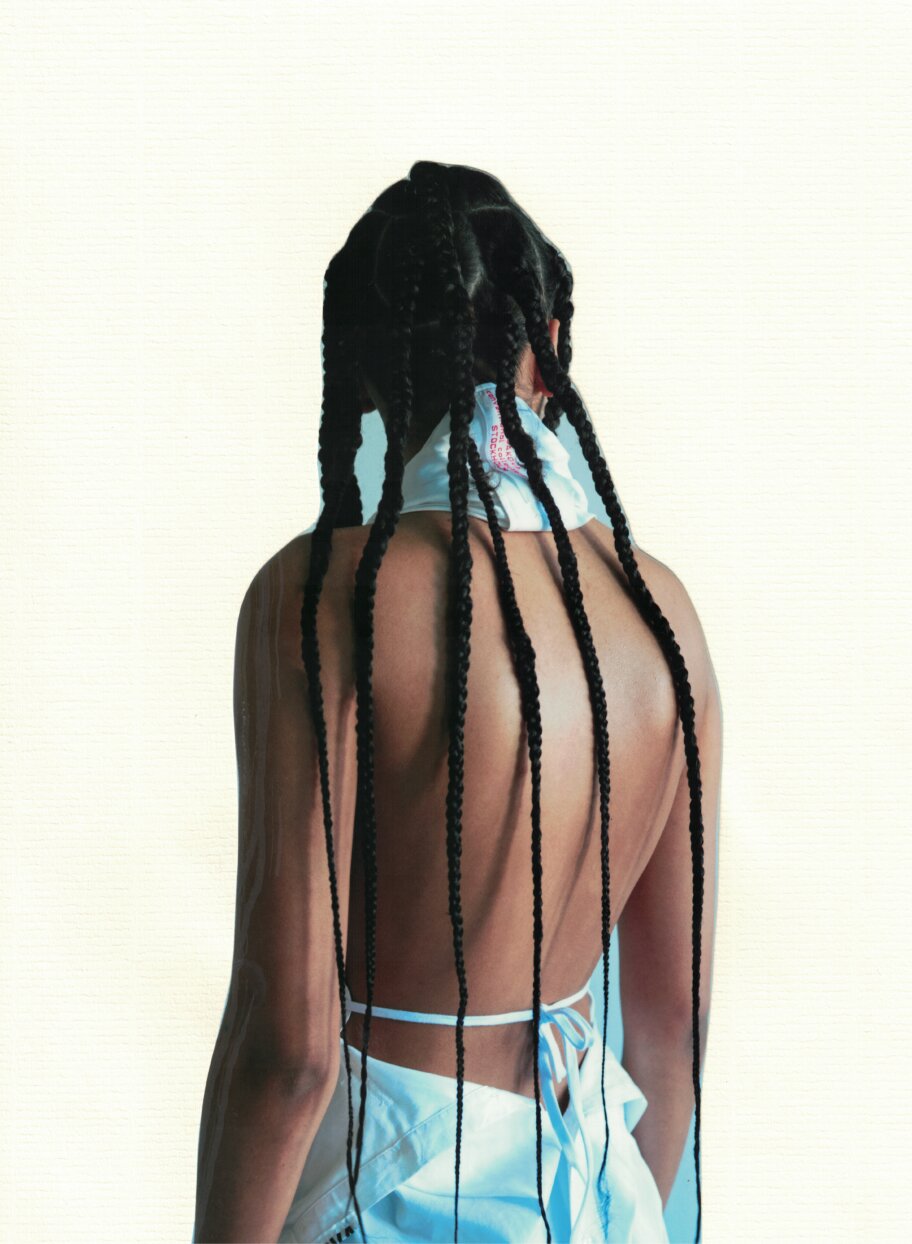
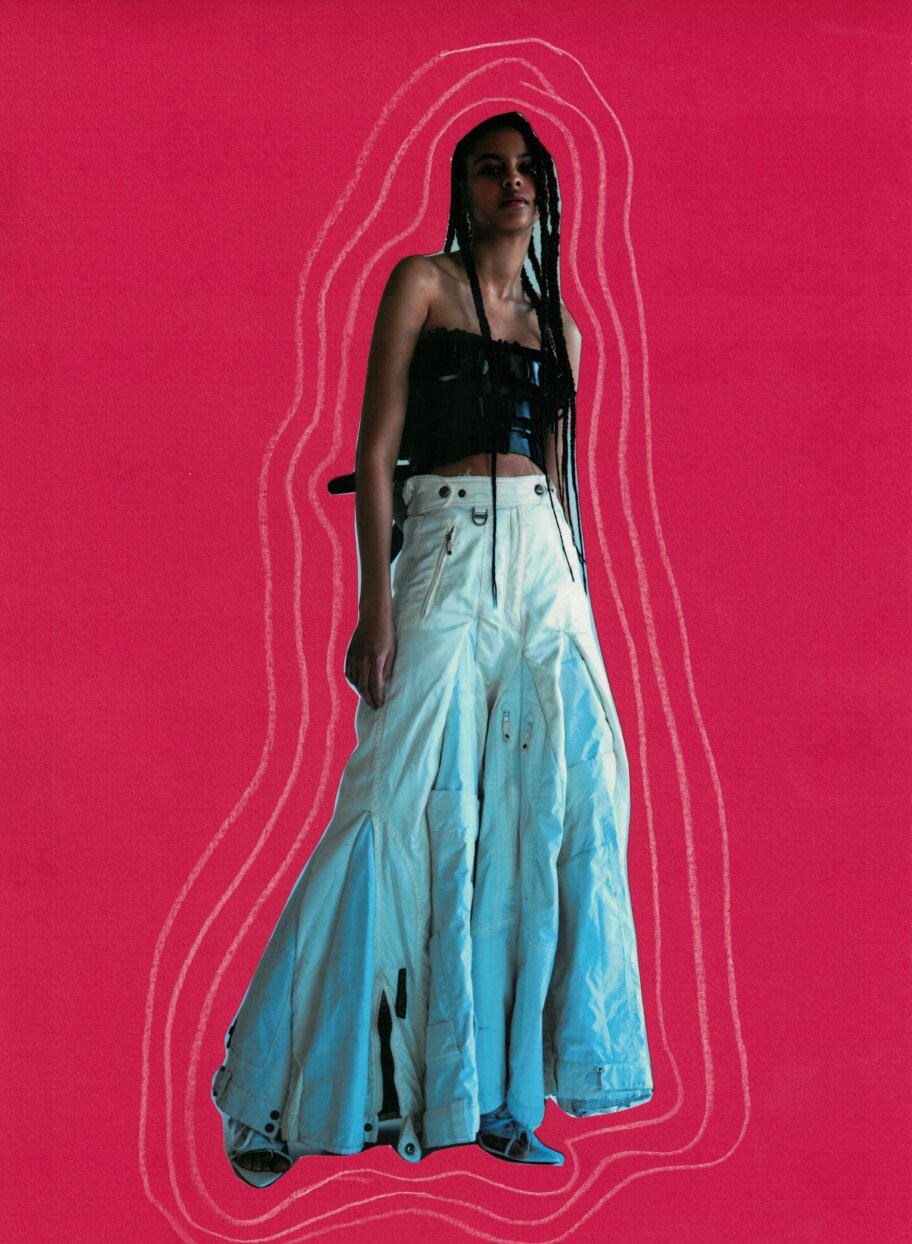
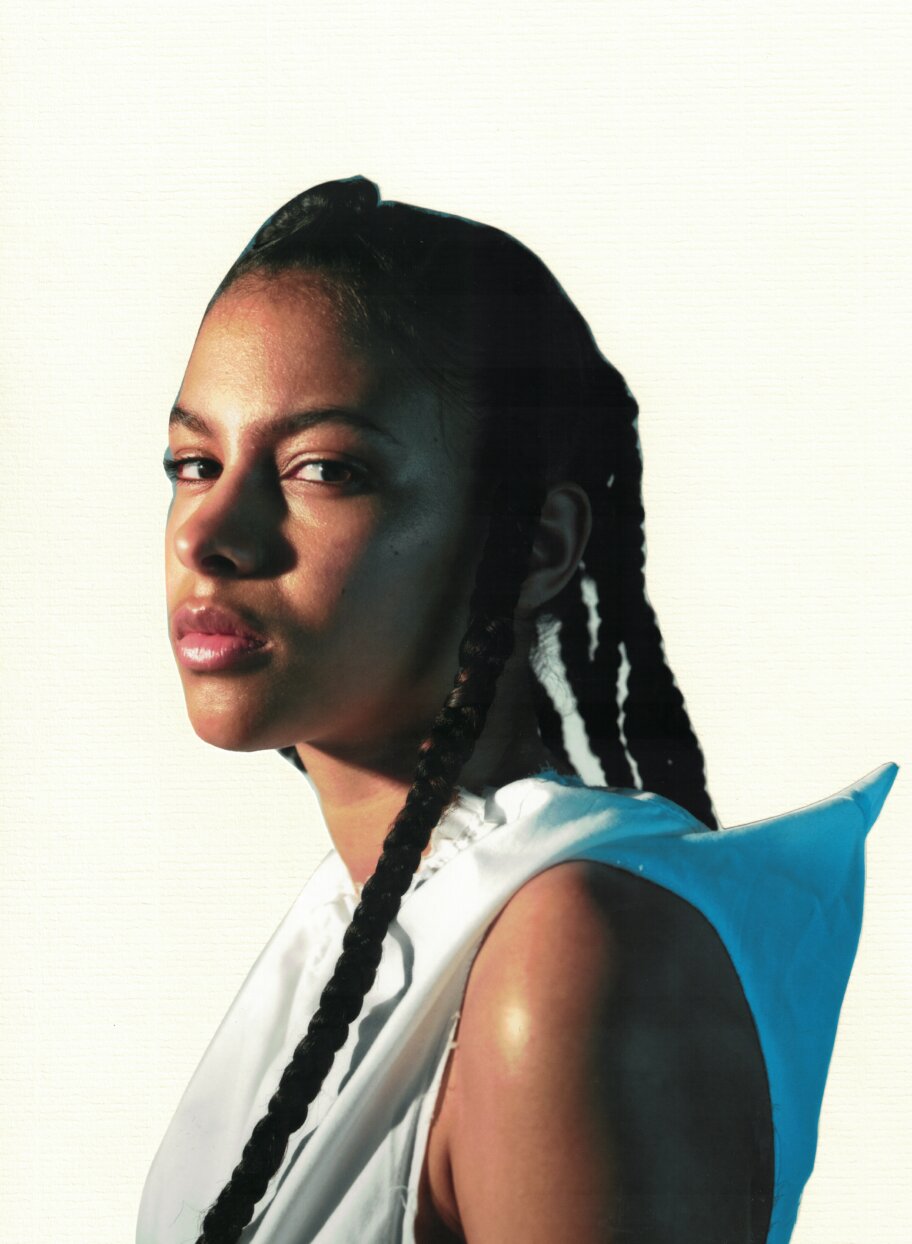
| Cookie | Duration | Description |
|---|---|---|
| cookielawinfo-checkbox-analytics | 11 months | This cookie is set by GDPR Cookie Consent plugin. The cookie is used to store the user consent for the cookies in the category "Analytics". |
| cookielawinfo-checkbox-functional | 11 months | The cookie is set by GDPR cookie consent to record the user consent for the cookies in the category "Functional". |
| cookielawinfo-checkbox-necessary | 11 months | This cookie is set by GDPR Cookie Consent plugin. The cookies is used to store the user consent for the cookies in the category "Necessary". |
| cookielawinfo-checkbox-others | 11 months | This cookie is set by GDPR Cookie Consent plugin. The cookie is used to store the user consent for the cookies in the category "Other. |
| cookielawinfo-checkbox-performance | 11 months | This cookie is set by GDPR Cookie Consent plugin. The cookie is used to store the user consent for the cookies in the category "Performance". |
| viewed_cookie_policy | 11 months | The cookie is set by the GDPR Cookie Consent plugin and is used to store whether or not user has consented to the use of cookies. It does not store any personal data. |